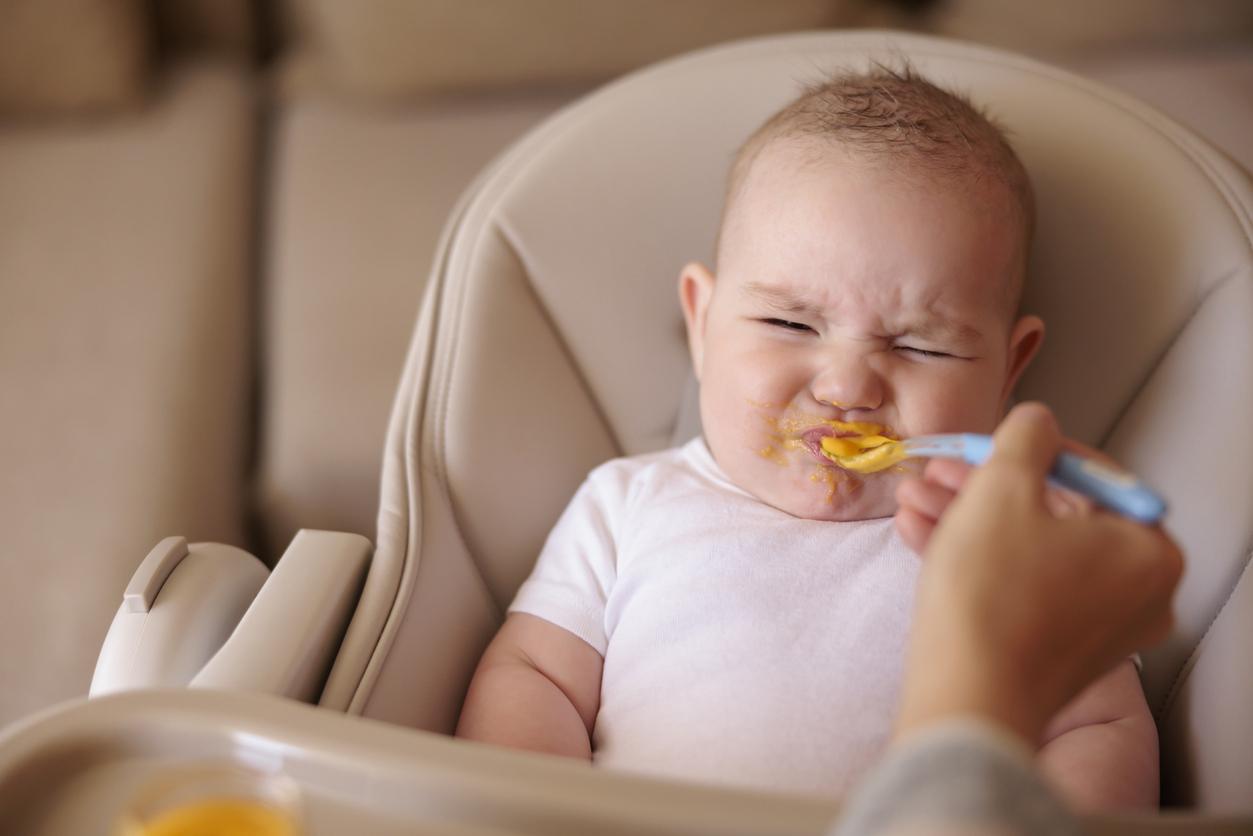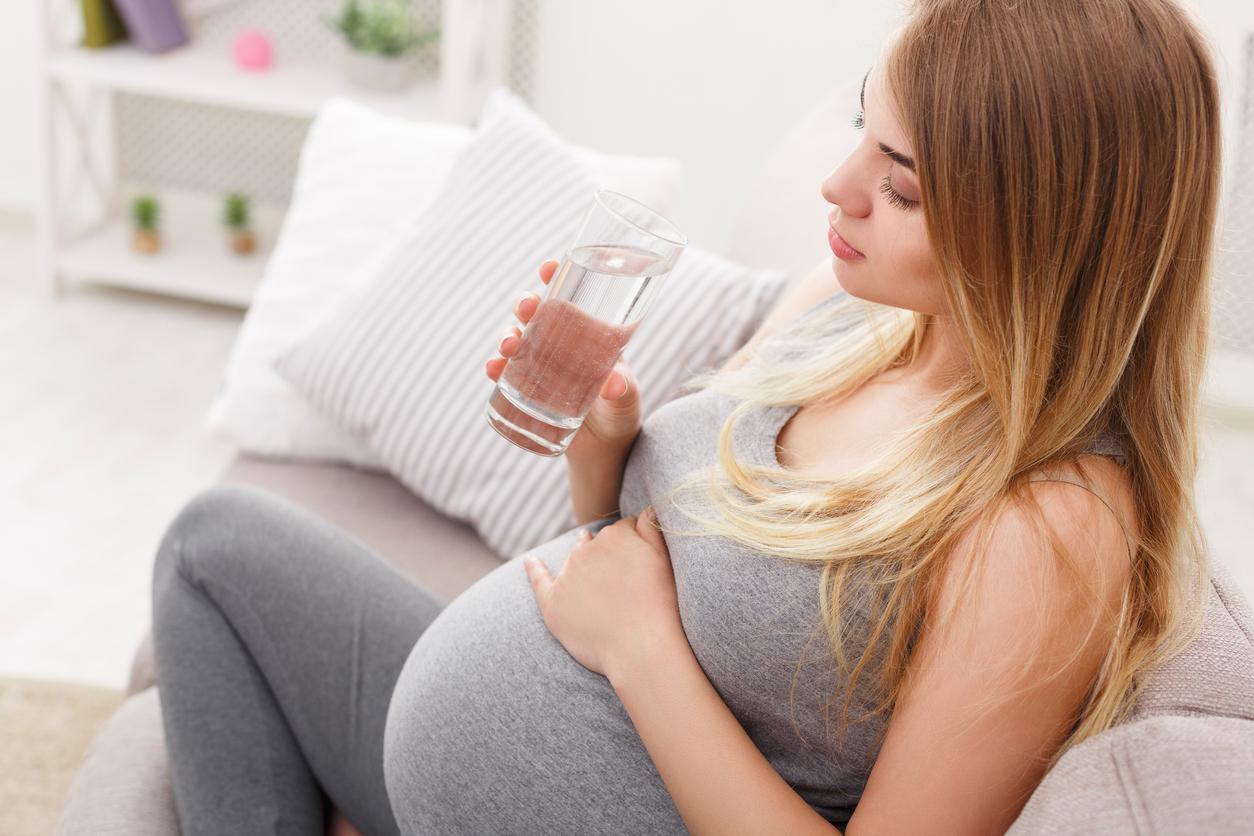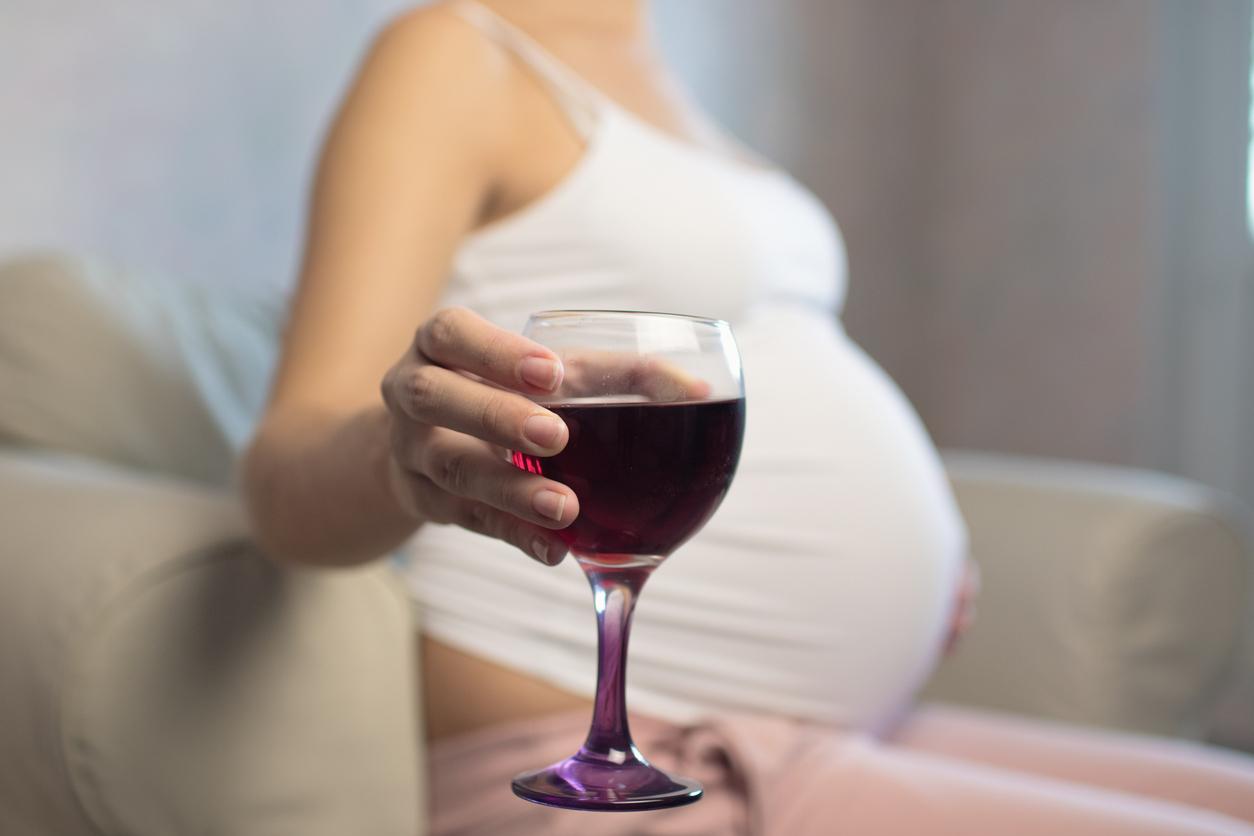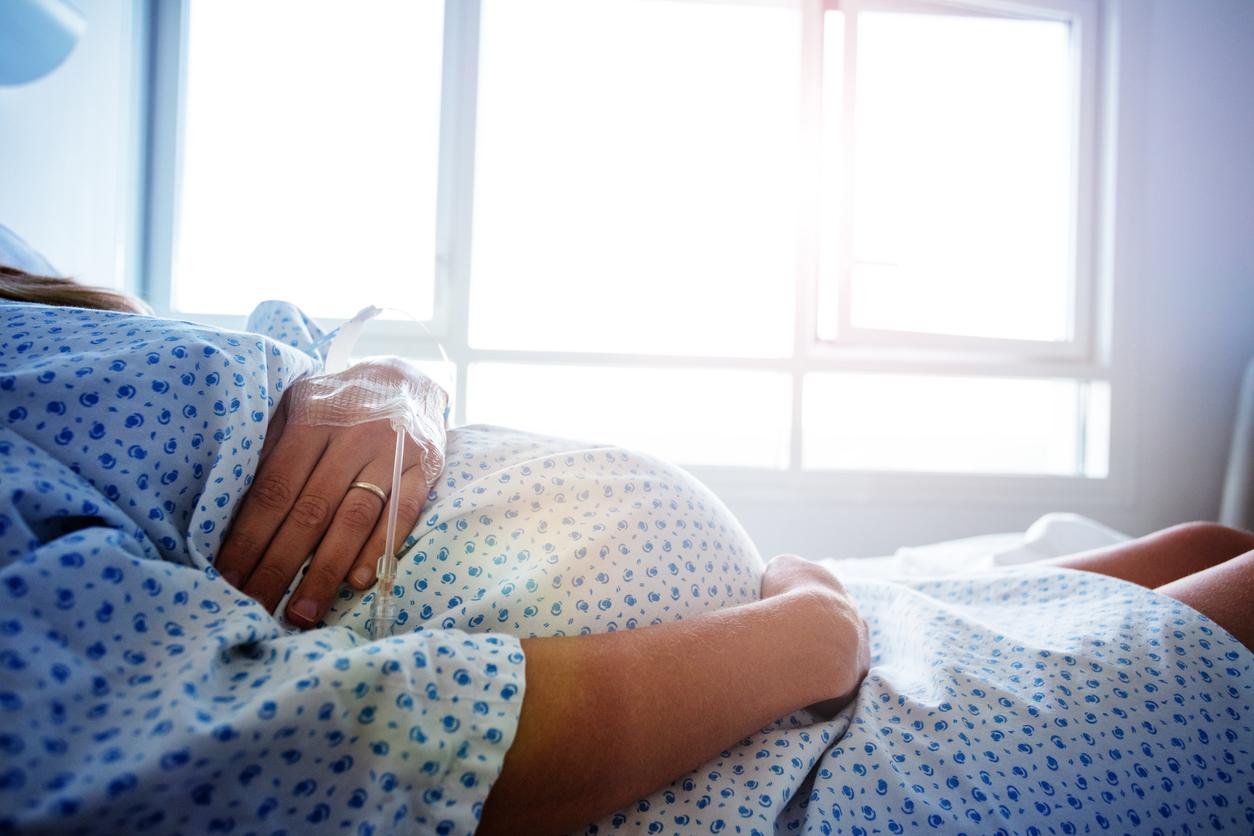A thirty-year-old woman, born with two functioning uteruses, is pregnant at the same time with her fourth and fifth child, who are housed in each of her internal genital organs.
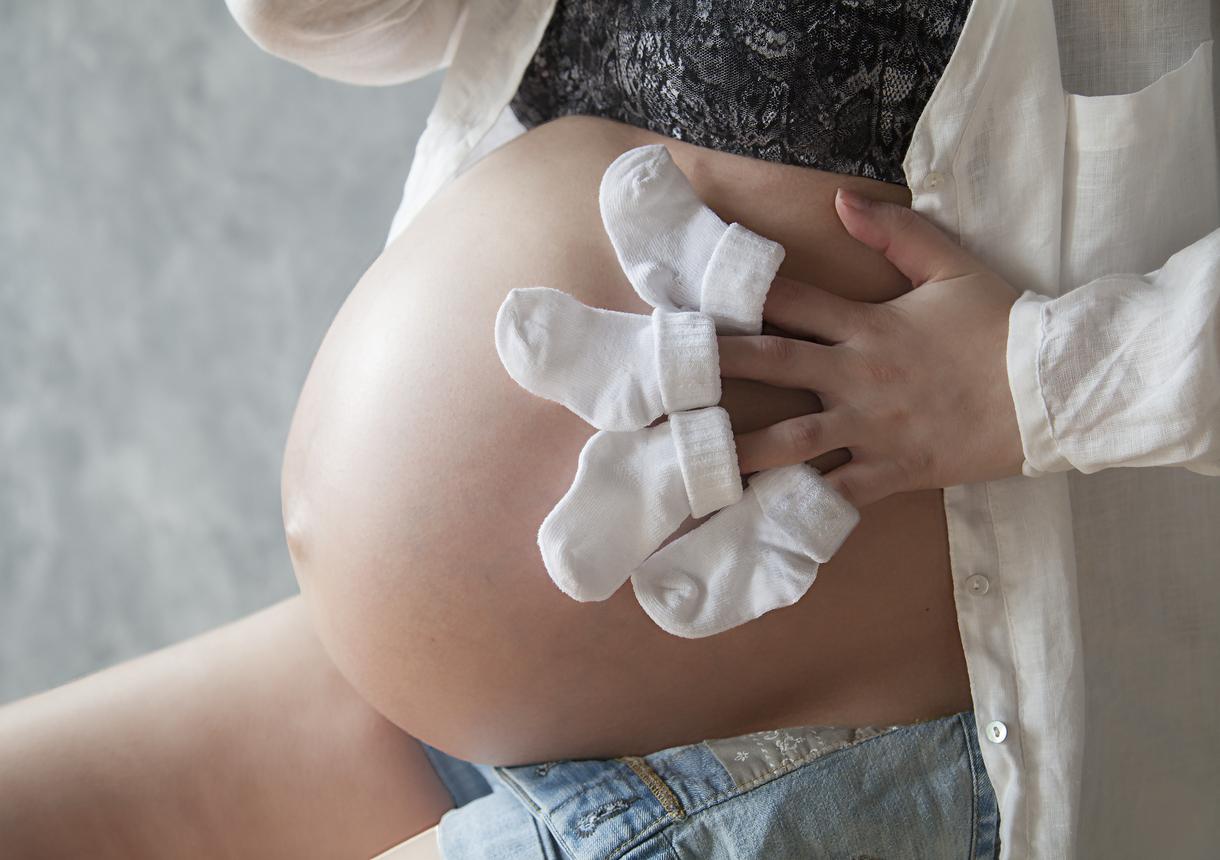
- Kelsey Hatcher, a 32-year-old patient, has a didelphus uterus.
- It is a uterovaginal malformation that affects approximately 0.3% of women.
- During her fourth pregnancy, she learned that she was pregnant with twins, but also that each fetus had its own uterus.
This is an unusual pregnancy. Kelsey Hatcher, a 32-year-old woman, shared on her Instagram account (@doubleuhatchlings) that she was expecting two babies and that they were in each of her uteruses. “Statistically, it’s a one in 50 million chance,” wrote the patient, originally from Alabama (United States) in the caption of a photo published on the social network.
“I have two uteruses and two cervixes!”
But how is this possible? “For the record, I have known since the age of 17 that I have a didelphic uterus”, she confided. According to the Orphanet, this rare disease, which affects approximately 0.3% of women, is a uterovaginal malformation due to the absence of fusion of the Müllerian ducts. Patients may be asymptomatic or suffer from dyspareunia or dysmenorrhea. There is a higher frequency of endometriosis, as well as fertility and gestational problems, with significantly reduced chances of carrying a pregnancy to term.
Having a didelphic uterus “means I have two uteruses and two cervixes! There are many abnormalities that can be linked to this condition, but mine only has two ovaries. So I have one ovary attached to each uterus. I was always told that if I managed to conceive a child, I would probably have premature births or miscarriages! Well, I have three babies that have come to term and two of the three have pointed their noses at the 41st week!”
Rare pregnancy: each fetus has its own uterus
It was during her fourth pregnancy that the American discovered she was expecting a fourth and fifth child. On May 23, 2023, during an ultrasound, the doctor announced to her that she was pregnant with twins, but also that a fetus was present in each of her uterine cavities. “A hell of a miracle. (…) We were blown away!”
According to Shweta Patel, the obstetrician-gynecologist caring for the patient at the Women & Infants Center at the University of Alabama at Birmingham, this may have happened because she ovulated separately and one egg descended into each fallopian tube, “that is to say on each side of the uterus, then the spermatozoa have moved up into each uterus and fertilization has taken place separately.”
For the moment, both babies are doing well and developing normally in their mother’s womb. The births of “girls”, which are planned for Christmas, will be closely monitored. During childbirth, contractions may occur at different times, minutes, hours, or even days apart. Kelsey Hatcher is therefore aware that cesarean sections, for one or both of the two babies, could be necessary, depending on the evolution of the situation.










